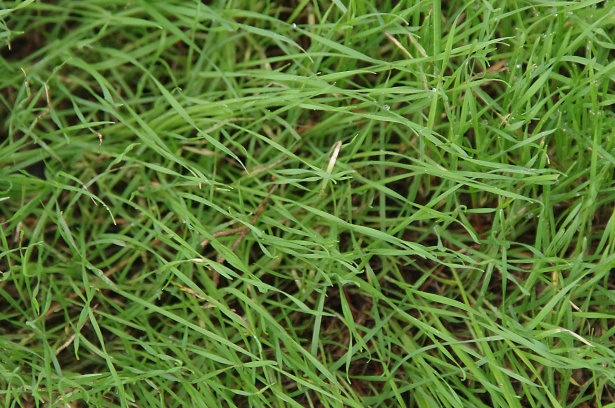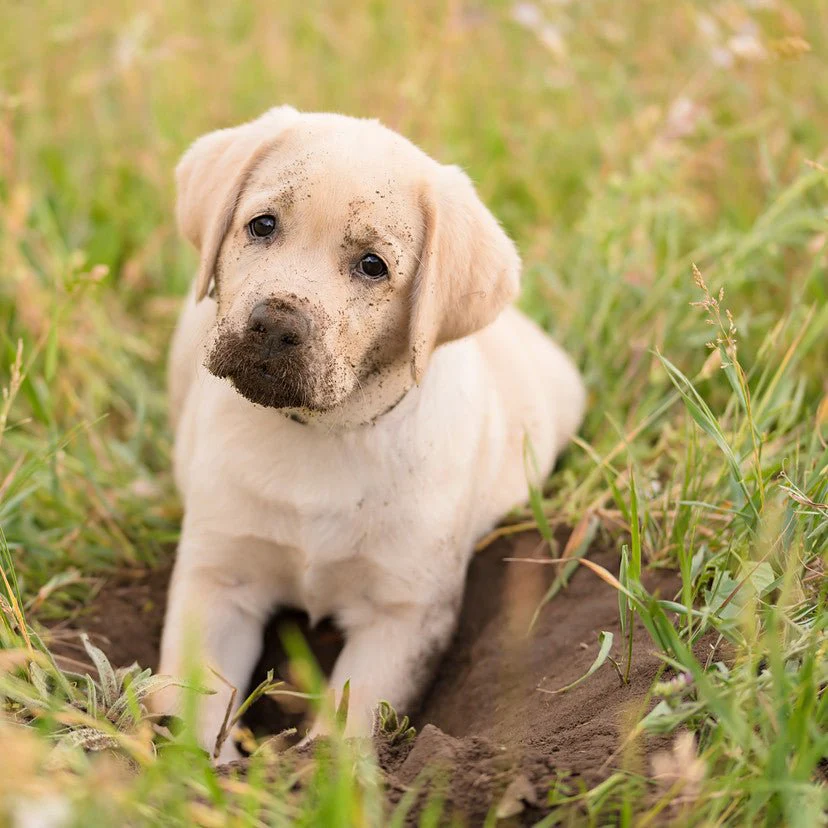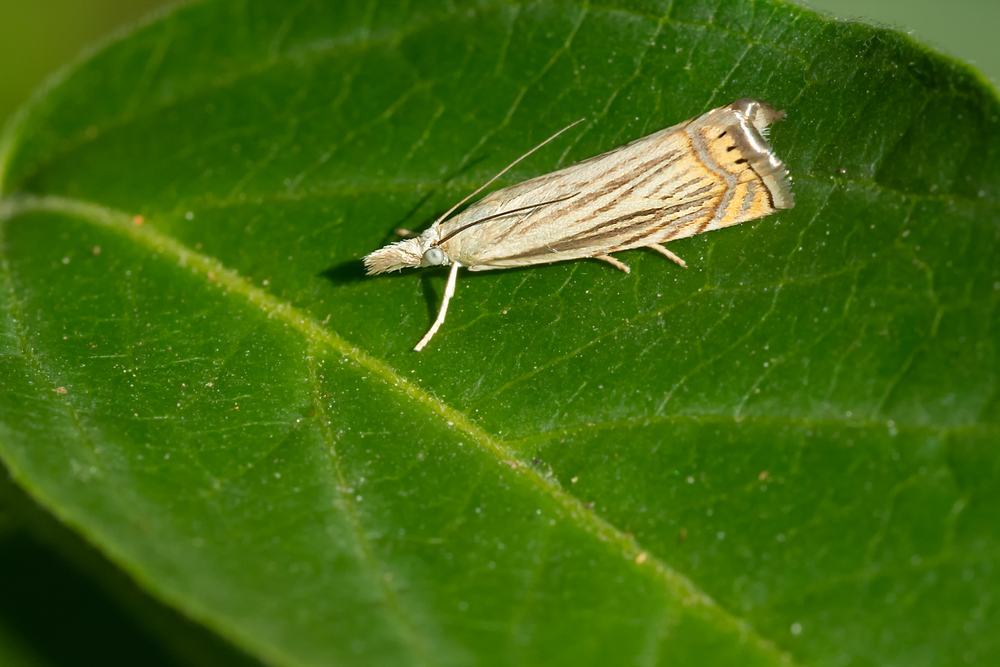It’s not the most difficult yard task but laying grass sod to repair or create a lawn can be labor-intensive.
Don’t let this discourage you. Sod can transform barren areas of your yard into lush green lawns. It is cost-effective and affordable. You can lay sod in just six steps.
Prepare your Soil
If you intend to lay sod, it is a good idea to start looking for sod. Do not. Don’t. A great lawn will look fantastic if you prepare it properly. It will take longer to prepare the soil than to lay the sod. Do not wait to purchase your sod. Make sure you do the prep work first.
If your lawn is dying, you can’t lay new turf. You have to do something extra that others don’t. It is important to find out what went wrong the last time so that it doesn’t happen again.
Before you buy any new sod, there are some things that you should do.
Don’t forget your detective cap. Let’s discover what went wrong so we can prevent it happening again.
Common causes of lawn failure
Grubbs said that lawns can fail for three reasons:
- Too much shade.
- Too much or too little water?
- Poor mowing practices include mowing too high or too low and using poor equipment like a dull or contaminated blade.
- Compaction of the soil.
- Turfgrass selection is poor
These problems are easily solved.
Take a look at your lawn to determine how much sunlight it receives. How much sunlight does your lawn receive? Is it able to grow well?
Check your irrigation system. You should inspect your in-ground irrigation system.
You should conduct one or more soil tests. This will allow you to identify the soil’s needs and help you choose the right fertilizer or amendments. You will need to collect soil samples from all of your yard and then mix them.
You should perform multiple lawn tests if your lawn is failing. You might have problems with your front lawn more than your back lawn.
Once you receive the soil test results, follow the instructions. The test results can be used to adjust the soil pH or add nutrients.
To check the amount of loamy topsoil in your soil, use a soil probe. Topdressing can be used to increase organic matter and to thin the soil layers.
Don’t ignore the good old days
You can remove any small, pathetic remnants of your lawn. A flat shovel is an option.
Chemical methods of elimination are an option but be cautious.
Glyphosate products are very effective and affordable, for example. All regulatory agencies worldwide have now approved Roundup, a broad-spectrum herbicide that has been sold over the years.
Because of its toxic effects and potential links to cancer, it is now being criticized. Since the controversy, glyphosate replacements have been developed by manufacturers.
Alternately, you can also rototill a lawn to make it dirt with a rototiller. Mark the location of sprinkler heads before you start.
This is not always a good idea. You can spread weed seeds and roots under your new lawn. This could cause a problem for your grass, which is just starting to grow. Even if the grass isn’t dead, it can hinder the growth of your new lawn.
Grubbs said that every situation is unique and will dictate what you do. It will depend on your soil test, how much grass is still in the soil, and whether you are able to properly till it in.
It is not a good idea to add new sod over existing grass. “Sod shouldn’t be placed over existing grass.
To establish roots, soil must contact soil. I am often asked if it is possible to simply cover the grass with soil, then add sod. I can tell you that it is not possible.
This will result in air pockets and uneven ground settlement that will hinder new root establishment. This will allow the old grass to compete with the new.
You can use a sod cutter to cut large areas of grass. These machines are efficient and require less work. A sod cutter can be rented from professionals or DIYers.
Till the soil
The next step is to decide whether you want to trim or keep the lawn. Next, you need to till the soil. In areas with clay soils, the grass can become dense over time. The soil is removed by tilling so that roots of new lawn can penetrate deeper into the soil.
After sod has been laid, the soil can be fertilized either under or over it.
Make sure you know how much topsoil you have. Sod can thrive in any soil type, but it is best to have loamy soil that’s neither too clay-ey or too sandy.
Fertilize responsibly. Fertilizers, particularly starter fertilizers that can fertilize new lawns, are responsible for water pollution. Any excess fertilizer can be swept away from paved areas and put back on the ground. It is best to not flush it down your drain.
Except for new lawns, fertilizer with phosphorus is not allowed in many states. Due to its potential water-pollution, 25 states have put restrictions on this common fertilizer chemical.
Make sure to level your soil. Mowing will be more difficult if there are hills or valleys in the soil. Avoid stepping on curbs or sidewalks. Use a shovel and rake to lower the soil by at least an inch. Concrete can dry out sod if it is higher than the soil.
Get your sod
Sod lasts for only a couple hours to a few days depending on the grass used and the weather. Sod is most productive when it’s purchased in rolls. The heat created during the process can cause the rolls to burst from the middle.
SOD can only be guaranteed if the product is installed within 24 hours. It is essential for your lawn’s health that it be laid promptly. If you wait, the sod will dry out and the rolls or interior slabs may heat up. The grass will start to decay and become compostable on hot days. Make sure you have properly prepared sod before it arrives at your home or on your job site.
Calculate the area of your lawn in feet. Prices are typically quoted per square foot, or per pallet. A pallet can cover approximately 450 square feet. However, there are many options. It is easier to compare the cost per square feet.
- Particularly for Southern grasses, some pallets can be cut into 16×24 inches strips. Each piece covers 2.66 acres.
- Grass rolls are typically made up of 2 x 5 ft strips of sod. This covers 10 square footage.
2019 grass sod prices are $0.30 to $0.80/sq. Prices vary depending on the type of grass and which sod farm it was grown from. Sod installation costs range from $1.20 up to 1.80 per square feet. Spot checks of pallet prices in the country showed a range of $115 to $230 per pallet, with additional delivery fees.
These prices can mean that a 1000-foot-long yard of sod could cost as little as $300 for a DIYer or as much as $1,800 for an installer.
Sod is generally more expensive than grass seed. A bag that covers 1,000 feet can be as cheap as $30. It is however much more difficult to plant a grassy lawn with seed.
Although local garden centers are convenient and may have the most popular varieties, they might not be able to provide the best grasses in your area. You can get more varieties and expert advice by buying directly from a farmer.
Step 5: Spread the sod
Now it is time to plant the seed.
Here are some tips from pros. The first tip is to realize that sod laying takes hard work. Even on a mild spring day, you’ll still end up hot and sweaty.
- Wear loose, comfortable clothing.
- Make sure you drink plenty of fluids.
- Wear sunscreen and a hat.
Your sod lawn should be laid in thin strips. Your first row should have a straight edge.
Lay straight lines. You should, however, stagger the ends so you don’t have a single seam. This looks more attractive. The water channeling effect of long seams makes seams more visible and fall apart.
Spread the sod evenly over the area. Make sure you leave no gaps. Slice pieces of sod with a knife or razor. This will fill in the gaps created by the brick pattern. The knife can also be used to trim around sprinkler heads and other irregular shapes. You should get rid of any air pockets. You should fill your lawn roller with one third of the water.
With your feet close together, you can also walk slowly and methodically through the soil. It is important to bring the roots into contact with the topsoil.
For lawns that have sloped areas, stakes are necessary. These staples can be found at most garden centers, and they are quite affordable.
Common mistakes in laying sod
- Don’t buy too much sod.
- Overlapping sod.
- There should be no gaps between the sod.
- Ski slopes are not for everyone.
- Do not allow soil to rise too close to driveways and sidewalks. This will expose the edges.
- Too much water or too little?
Step 6: Fertilize your sod and water it
All your hard work will be wasted if you fail to pay attention to the water requirements of your plant.
It is crucial to water turfgrass sod as soon after it has been established.
Water should be used sparingly, but not too often during the initial period. You want a lush lawn with deep roots. Water should be able to penetrate the sod.
It is not your intention that it dry out or stay saturated. It is not good to have a lawn that is dry, mud or moist.
Check the soil by lifting the corners, and then re-watering once it has dried. The roots should start to show through the top layer of the soil.
Soon after, the sod will resist your gentle tugging on its corners. Then you can stop watering. Instead, water your sod only 6 inches deep, on a regular basis.
This encourages roots growth. Water should be taken in the morning to avoid diseases and evaporation.
Gibson suggested that you not mow too quickly on newly-constructed turf. The water will make your ground spongy at first. It is not recommended to walk on the ground or mow it.
Once your new lawn has grown to 3-4 inches in height, you can begin to mow your yard. Avoid removing tender roots. You or your lawn professional can instruct the mower not to cut the grass but to use pavement instead.
According to the “one-third rule”, you shouldn’t mow your lawn more than one-third of its height in one mowing. It is a good idea to mow tall in order to encourage strong roots.





